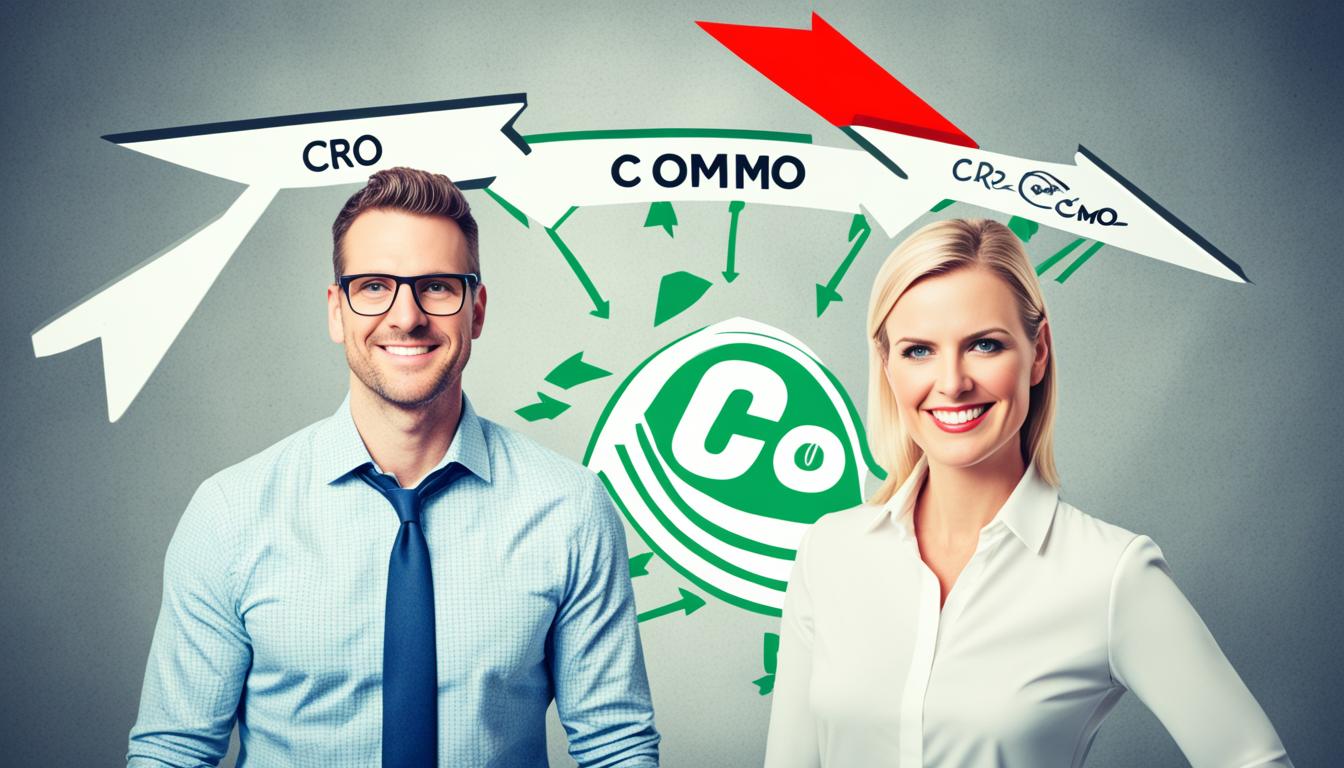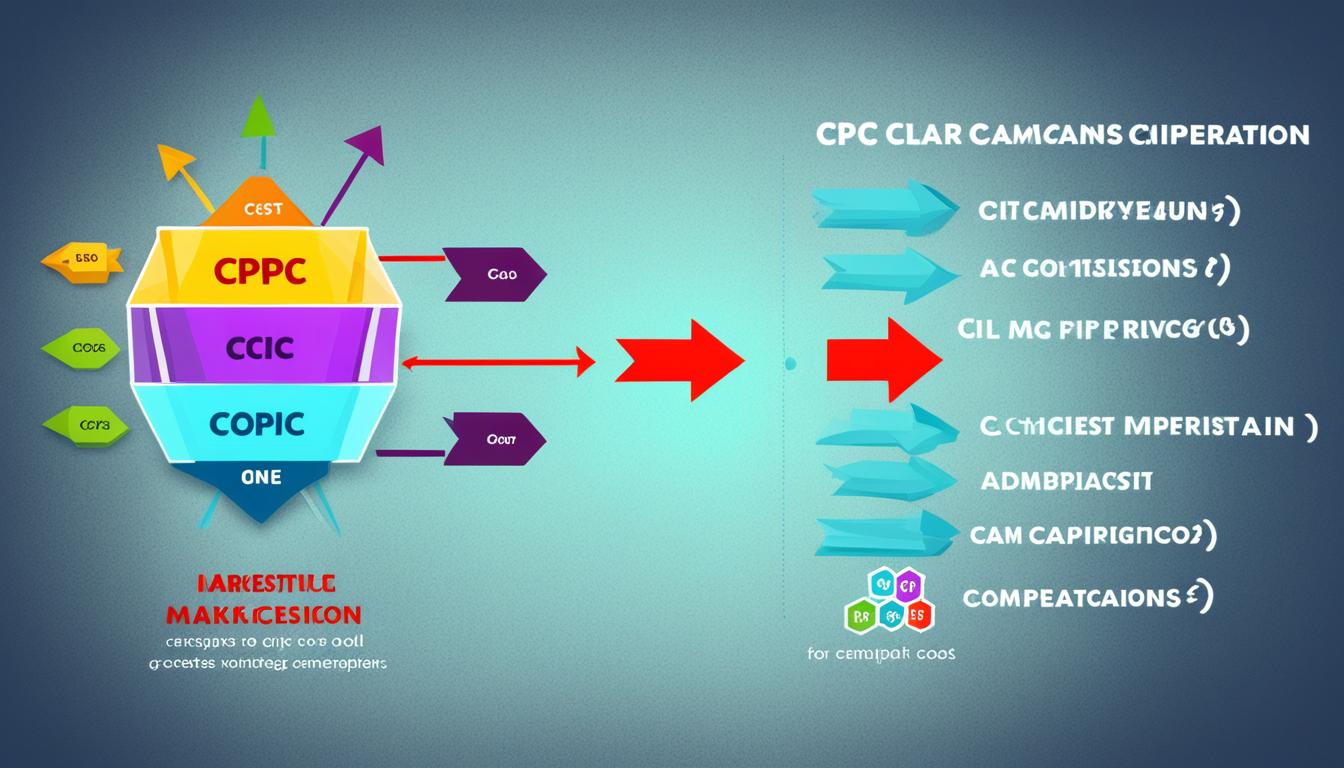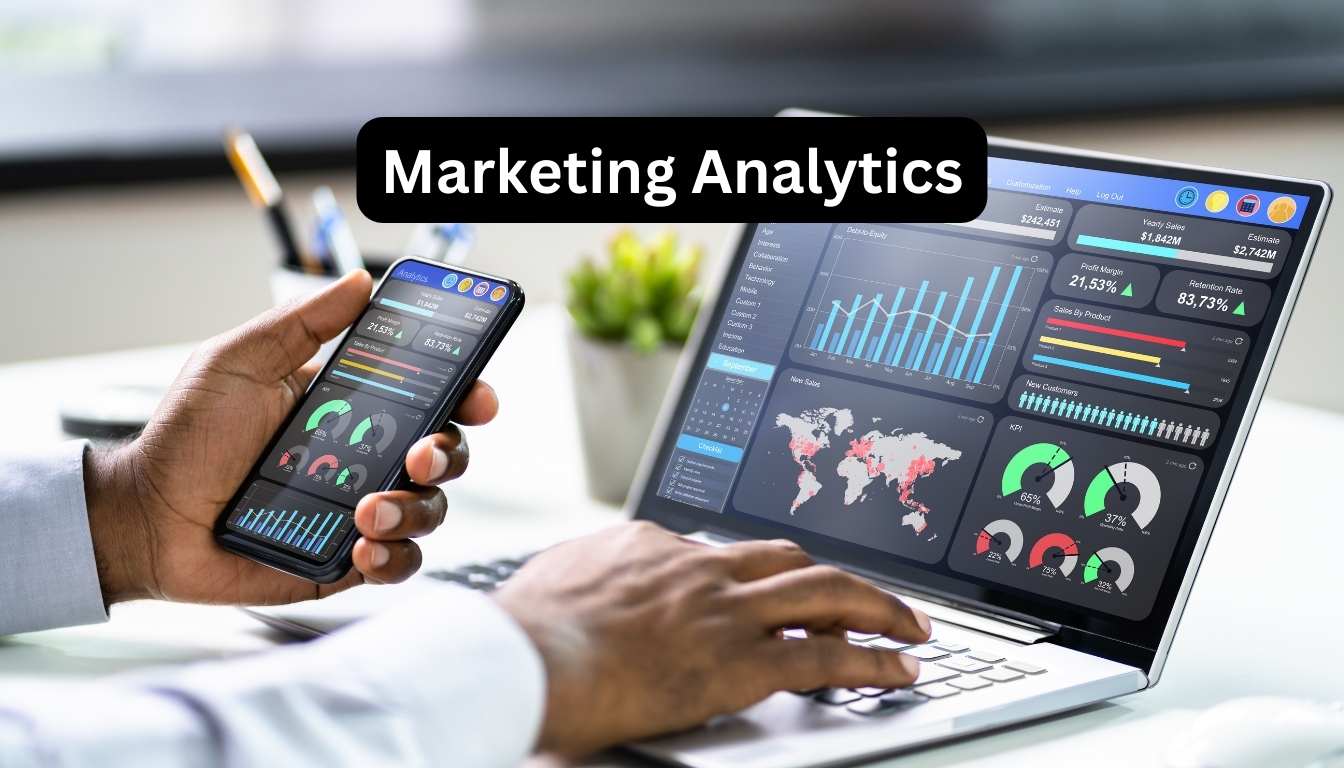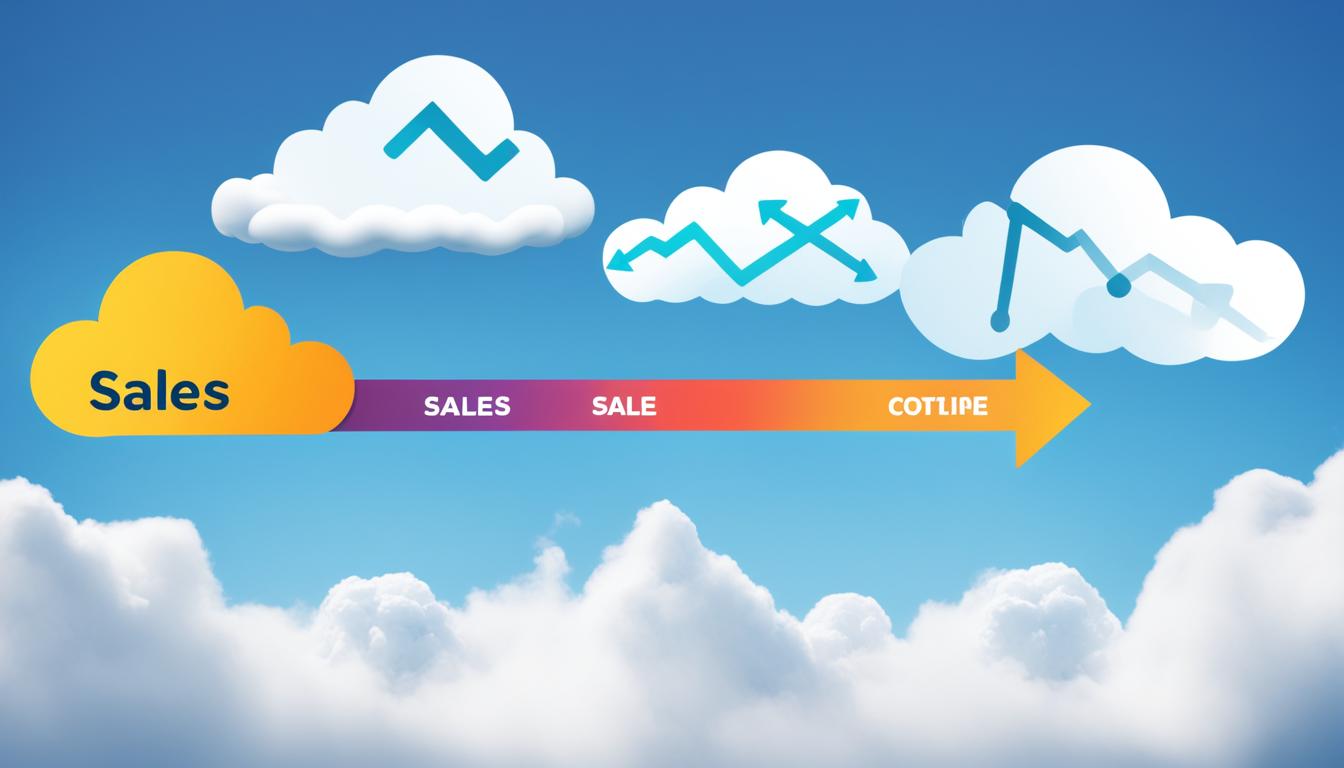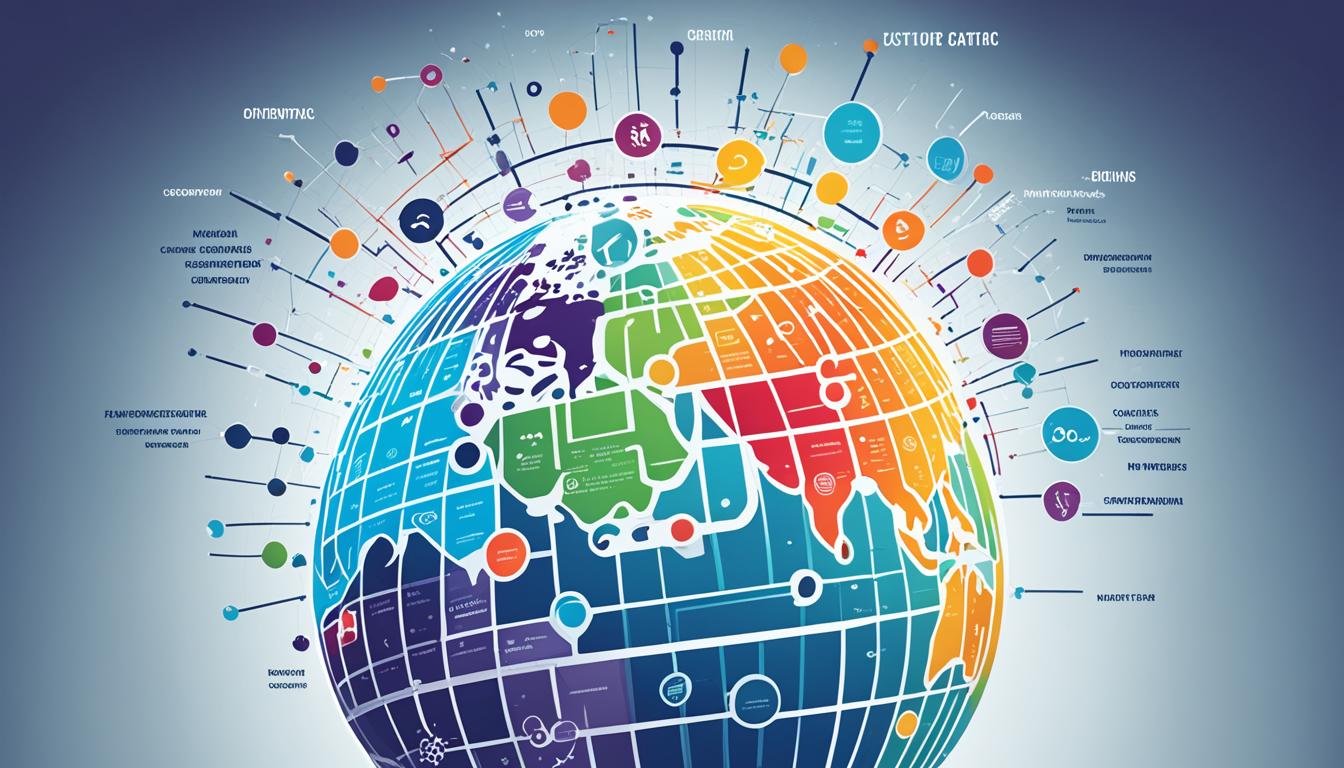Foot traffic is all about how many customers come into a store, mall, or any place. It’s super important for stores because when more people visit, there’s a good chance sales will go up. Knowing about foot traffic helps businesses make smart moves and find ways to bring in more people.
Key Takeaways:
- Foot traffic is a critical factor for retail businesses, impacting sales and profitability.
- Monitoring foot traffic allows businesses to measure and enhance their marketing efforts.
- Analyzing foot traffic data helps businesses understand customer behavior and external factors affecting foot traffic.
- Various methods, such as manual counting and tracking software, can measure foot traffic effectively.
- Optimizing foot traffic strategies can lead to improved operations and a larger customer base.
The Importance of Foot Traffic
Foot traffic is very important for retail stores. It affects how much is sold and the profit made. Store owners and marketers watch this closely to make smart choices and bring more people in.
To understand local foot traffic, businesses look at how many people come in. They see when the busiest times are and spot trends. This helps them fit better into the area they are in.
Knowing who comes into their stores helps businesses a lot. They learn about customer likes and shopping habits. This info lets stores make ads and products that their customers will love.
Understanding Customer Behavior
Studying how people move around in stores helps businesses too. They can see which areas are liked the most. Using this, they can arrange their store better, so shoppers find and buy more.
This analysis also shows what outside things can change how many people visit. It could be an event, a festival, or a new bus route. Knowing this, businesses can plan special sales or events to draw more people in.
By looking at foot traffic data, stores can make choices based on facts. They can improve their ads, connect better with their customers, and sell more. Foot traffic analysis gives them a lot of useful information to grow.
| Benefits of Foot Traffic Analysis | Insights Gained from Foot Traffic Analysis |
|---|---|
|
|
Factors Affecting Foot Traffic
Many things can affect foot traffic, and knowing what they are is key. With this knowledge, businesses can figure out how to get more customers. They can look at trends and data to find the best opportunities.
Weather
Weather is big when it comes to foot traffic. Bad weather, like heavy rain or snow, can keep people inside. But nice weather does the opposite. It makes folks want to go out, which can mean more shopping.
Location
Where a store is located can make a big difference. Stores in busy spots or malls usually see more people. Being near buses or trains helps too, as more people might stop by.
Economy
The economy affects how much people shop and, as a result, foot traffic. When money is tight, people might not shop as much. But if the economy is doing well, more people are out shopping.
Type of Business
What a business offers also plays a role. For instance, popular stores or unique restaurants often have more visitors. They draw crowds because of what they’re selling.
Seasonality
Times of year and holidays can change how busy stores are. The holiday season usually means more shoppers. But things can slow down after the holidays, like in January.
Analyzing and understanding these factors can help a business. They can use this info to improve foot traffic, bring in customers, and boost sales.
How Is Foot Traffic Measured?
Businesses use different methods to understand and measure foot traffic. These methods give important info about how customers act and how well a store is doing. Here are some popular ways to analyze and track foot traffic:
1. Manual Counting
To count customers, some stores do it manually. It’s cheap but needs someone at the door counting. This is okay for small places but it’s not always accurate or efficient.
2. Clicker Counting
Clicker counting uses a device to count customers. Someone still needs to click each time a customer enters. It’s more accurate than counting by hand but still requires manual effort.
3. Tracking Software
Tracking software uses tech like video analytics or Bluetooth to understand how customers move. It gives real-time data, helping stores see which areas are most popular. This automated and precise method offers lots of useful information.
4. Surveillance Cameras
Stores also use surveillance cameras to watch customer movement. These cameras can analyze how many people visit and where they go. They work well in big stores, providing detailed foot traffic data without needing manual counts.
5. Mobile Network Data Analysis
Mobile network data looks at mobile phone signals to guess foot traffic. It shows how busy an area is by the number of phones there. This is great for outdoor areas or big shopping centers, giving insights into trends and who the visitors are.
Each business should pick a method that fits their needs and budget. While small businesses might do well with manual or clicker counts, others will benefit from the detailed data from software, cameras, or mobile analysis.
Knowing exact foot traffic numbers helps businesses understand their customers. With this knowledge, they can improve their services, marketing, and overall customer experience.
Benefits of Foot Traffic Tracking
Foot traffic tracking offers many advantages for businesses. It uses analytics to give insights and grow the customer base. This can improve how a business runs.
Optimize Staffing Schedules
Optimizing staff schedules is a major benefit of tracking foot traffic. Businesses can spot their busiest times by looking at the data. This lets them use their staff better. It avoids having too few or too many workers, which makes for happy customers.
Understand the Impact of External Factors
Businesses can see how outside factors affect their sales with foot traffic tracking. They study trnds and things like weather or local events. This helps them adapt their marketing. They can tailor their strategies to what works best.
Measure the Perceived Value of Products and Services
Foot traffic data also shows what customers like. Lots of traffic suggests a product is popular or displays are attractive. If some areas are quiet, those need work. This helps businesses know what’s hitting the mark with their audience.
Enhance Operations and Customer Base
Tracking foot traffic gives a full view of how a business is doing. It shows strong points and where to get better. With the data, businesses can fix their store layout or where products are. This can attract more people and keep regulars, raising sales and profits.
Visualizing the Benefits of Foot Traffic Tracking
Here’s how businesses can benefit from foot traffic tracking:
| Benefits | Description |
|---|---|
| Improved Staffing Efficiency | By using traffic patterns to schedule staff, businesses can have enough workers during busy times. This cuts wait times and boosts shopping satisfaction. |
| Targeted Marketing Strategies | Analyzing foot traffic lets businesses see which marketing tactics work best. They can then focus their efforts on strategies that draw more visitors. |
| Improved Product Placement | With foot traffic data, businesses learn where to position products for maximum visibility. They can place high-demand items in busy areas to increase sales. |
| Improved Customer Experience | Tracking helps find store areas that are too crowded or hard to navigate. Fixing these issues makes for a better shopping experience and more satisfied customers. |
Using foot traffic tracking can make a big difference for businesses. It aids in making smart decisions, improving how things run, and keeping customers engaged.
How to Increase Foot Traffic
To boost foot traffic, try various strategies and adapt to retail changes. Focus on having a strong online presence, host events in your store, and keep up with trends. These steps will help bring more customers to your shop.
1. Establish a Strong Online Presence
A strong online presence helps increase foot traffic. Make sure your website is easy to use and works well on phones. Use search engine optimization (SEO) and social media to let people know about your shop. Also, offering ways to order or book online can motivate them to visit.
2. Host In-Store Events
In-store events and promotions draw people in. You could have product launches, workshops, or special discounts for a short time. Creating excitement makes people talk about your store and boosts foot traffic.
3. Adapt to Industry Trends
As retail evolves, so should your business. Combine online and in-store shopping for a better customer experience. For instance, let customers buy online and pick up in-store. Working with influencers or local groups can also bring new people to your store.
Use these strategies and stay active in marketing to increase foot traffic. This will lead to more sales and profit for your business.
Foot Traffic Trends
The way we shop is changing, leading to less foot traffic in physical stores. E-commerce growth and the COVID-19 pandemic are big reasons for this decline. People shop online more and visit stores less due to health concerns and restrictions.
Yet, businesses can still do well. By understanding and adapting to these challenges, they can draw customers back. Using foot traffic data helps retailers improve and get more people into their stores.
The Impact of E-commerce
Online shopping has made going to physical stores less common. With the internet, it’s easy to shop without leaving home. This convenience means fewer people are visiting physical stores.
Despite this, e-commerce also offers a chance for stores to grow. By blending in-store and online shopping, retailers can create a better shopping experience. This approach can help bring more people to their stores.
The COVID-19 Pandemic’s Impact
The pandemic has greatly reduced foot traffic. Lockdowns and the need for safety have made people shop online more. This shift has further decreased the number of store visitors.
As things get better, foot traffic could increase again. Stores that make shopping safe and easy can encourage people to visit. Clean stores, social distancing, and contactless shopping are key to bringing back customers.
Adapting to Changing Trends
Success in retail today requires adjusting to new consumer habits. This includes using tech, online marketing, and improving the shopping experience in stores.
Adding tech like AR and VR can make shopping exciting and draw in customers. Personalized marketing and loyalty programs can keep them coming back. These strategies can increase foot traffic and build loyalty.
Even with changing trends, businesses have many opportunities to succeed. By understanding foot traffic patterns and industry changes, they can attract more visitors. Retailers can face the evolving market confidently with the right strategies.
| Factors | Impact on Foot Traffic |
|---|---|
| Weather Conditions | Inclement weather can deter people from visiting physical stores. |
| Location | A store’s location and proximity to transportation hubs can influence foot traffic. |
| Economic Factors | The state of the economy can impact consumer spending and foot traffic trends. |
| Type ofBusiness | Different types of businesses attract varying levels of foot traffic. |
| Seasonality | Holidays and seasonal events can affect foot traffic patterns. |
Foot Traffic and Property Investment
For those investing in commercial real estate, analyzing foot traffic is key. It helps select the best locations and negotiate leases. Areas with lots of people walking by are great for stores and can boost profits and property value. Investing in spots with lots of shoppers gives businesses a better chance to flourish.
Looking at who walks by before investing is important for making money. Knowing how many people go by lets investors see if a place might be profitable. They look for busy areas to guess if stores will succeed there.
Tools like tracking software and cameras are good for studying foot traffic. They give exact numbers automatically. This helps pick the best spots for investing, based on who the customers might be.
Imagine an investor wanting to buy in a busy downtown. They study past foot traffic to find the busiest spots. This helps them get good lease terms, as busy spots are in demand.
Properties with lots of shoppers not only fill up fast but also grow in value over time. More businesses and shoppers in the area mean everyone benefits. This makes the property even more valuable.
In summary, understanding foot traffic is crucial for real estate investors. It helps make smart choices about where to invest. Properties in busy areas are better for both investors and store owners. They lead to higher earnings and more valuable properties.
Measuring Foot Traffic in Retail
To really understand and improve foot traffic in stores, having good data is key. There are many ways to measure foot traffic. Each method gives us deep insights into how customers move and trend.
1. Tracking Software
Tracking software is a common choice for measuring foot traffic. It uses Wi-Fi, Bluetooth, and sensors to monitor customer movements. By analyzing this data, stores can learn about traffic patterns, busy times, and favorite spots.
2. Surveillance Cameras
Surveillance cameras help keep an eye on foot traffic. When placed wisely, they show how customers move and interact. This info points out crowded spots and how people engage with products and layouts.
3. Sales Data Analysis
Sales data analysis also measures foot traffic. Looking at sales and traffic together shows how well marketing and layout work. It helps in planning staff schedules for busy times too.
4. Manual Counting
Manual counting is easy and low-cost. Staff count customers at entry points or within the store. This method may lack detail but still offers insights into how many customers visit and their trends.
5. Mobile Network Data Analysis
Mobile network data is a new way to measure retail foot traffic. It analyzes phone signals to track people flow. This is especially useful in open spaces like malls or event areas.
Each method to measure foot traffic has its pros and cons. Stores should pick based on their need, budget, and goals.
By using these methods, stores get important data on foot traffic. This information helps make smart decisions. It can improve store layout, marketing, and bring more customers in.
Strategies to Increase Foot Traffic in Retail
Retailers have many strategies to draw more visitors to their stores. They can launch effective marketing drives, improve the store’s look, and keep up with trends. This makes their store more noticeable and attractive to shoppers.
Create an Inviting Store Environment
To boost foot traffic, making your store welcoming and appealing is key. This means having a striking store front that grabs the attention. Eye-catching signs, window displays, and entrance designs can tempt people to come in.
Keeping the store clean and making sure it’s a pleasant place to shop can make a big difference. It helps leave a great impression that brings customers back.
Implement Effective Marketing Campaigns
Retailers should run targeted marketing campaigns to increase visitors. They can use social media, email, and local ads to reach more people. The right messages and deals can draw in those likely to shop.
Working with local influencers or hosting events can also create excitement. This can lead to more people coming into the store.
Integrate Online and Offline Experiences
In today’s world, combining online and in-store shopping is crucial. A good online presence, like a user-friendly website and active social media, attracts customers. They often check out products online before going to a store.
Offering options like online ordering with in-store pickup can motivate people to visit. Online-only deals can also encourage more in-store purchases. By mixing online and physical shopping, retailers can see more foot traffic and sales.
Visualizing Foot Traffic Strategies
Here is a picture of the methods we talked about:
| Strategy | Description |
|---|---|
| Create an Inviting Store Environment | Design an attractive storefront, use eye-catching signage and window displays, maintain cleanliness, and provide a comfortable shopping environment. |
| Implement Effective Marketing Campaigns | Use different marketing channels, like social media and email, to reach potential customers. Work with local stars or plan events for more buzz. |
| Integrate Online and Offline Experiences | Have a strong online presence, allow online orders for in-store pickup, and give online-only discounts to get more store visits. |
By using these strategies, retailers can greatly boost their visibility. This brings in more shoppers, increases sales, and builds revenue.
Conclusion
Foot traffic is key to retail business success. It’s about knowing what influences foot traffic and using smart strategies to boost it. By measuring foot traffic well, stores can adapt and grow in a changing retail world.
To improve foot traffic, consider many factors. This includes the weather, location, your business type, and events. Tools like tracking software and cameras help understand foot traffic patterns. This lets businesses make choices based on data.
In the digital era, a strong online presence is essential for retailers. Combining online and offline experiences attracts more customers. Hosting events and staying up-to-date with trends also increases foot traffic. Keeping an eye on foot traffic and refining strategies helps retailers remain competitive and succeed.


